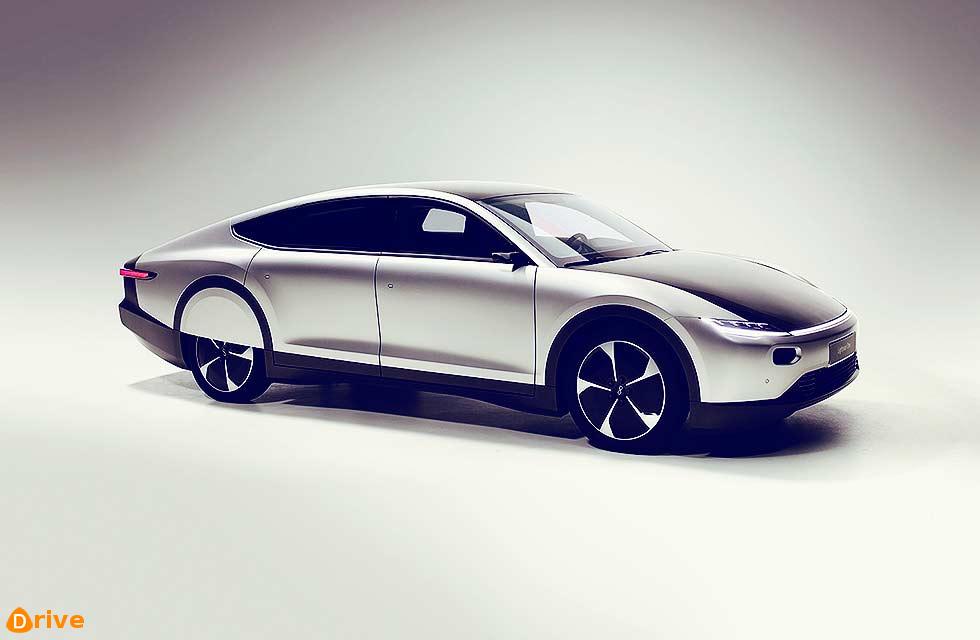It came out of the sun. Sunshine’s energy. EVs need energy. Start-up Lightyear has seen the light. By Ben Miller

The timing of the Lightyear One solar concept car’s unveiling – in the middle of another uncomfortably hot European heatwave – could not have been better. In June the company pulled the covers off the One, a premium EV designed from the ground up to boost its range and operating efficiency through solar power. Meanwhile much of continental Europe sweltered in the kind of heat climate-change experts have been talking of for years. What’s more, in June an Australian think tank published a faintly terrifying paper warning that global warming represents a ‘near- to mid-term existential threat to human civilisation’. Cheery.
The first 100 Lightyear One production cars (500 are planned) have been reserved (via a €119k fee – this thing ain’t no Leaf rival) for 2021 deliveries. The car promises an outstanding range, 450 miles, from a modest battery thanks to a combination of aero efficiency, light weight and the car’s solar array – five square metres of integrated panels, rugged enough to survive life on the road but capable of delivering a peak output of 1250W. The team behind it is born out of Solar Team Eindhoven, winners of Bridgestone’s gruelling World Solar Challenge events in 2013, 2015 and 2017. To supplement this core, Lightyear’s recruited a number of staff with performance automotive backgrounds, notably from Tesla and Ferrari.
The resulting One manages to look far more like a normal car than a purpose-built solar racer. They tend to subscribe to one of two schools of thought, both aesthetically challenging: ‘tabletop’ with a cockpit bubble, maximising solar panel surface area; or teardrop, minimising drag. The One nevertheless manages a drag coefficient ‘below 0.20’ – far more slippery than conventional cars, and on a par with VW’s equally expensive, progressive and low-drag XL1.
The One’s essentially a battery-electric vehicle with solar topping-up
‘FREE’ ENERGY! HOW IT WORKS
PANELS OF POWER 1
Toyota has begun road trials of Prius plug-ins plastered in experimental solar panels capable of boosting EV range by 35 miles. Toyota’s panels can generate 860W. Lightyear’s can kick out 1250W.
A MOTOR PER WHEEL
Remember when every electric car maker was promising motors at each corner? The One revisits the concept, with a small motor per wheel. The claim is reduced weight thanks to the less complex, more direct drive, plus increased interior space.
PANELS OF POWER 2
Lightyear’s solar panels combine three layers, with the photovoltaic cells sandwiched between a rugged glazed outer layer and a structural element on the inside. Dual-compound curves present an engineering challenge but contribute towards the One’s good looks.
LOW-DRAG BODY
Given the myriad demands – a big surface area for the solar panels, low weight, low drag – the One’s design is impressively normal and uncomplicated. Aero-optimised both digitally and physically, in the wind tunnel, aero-efficiency is up there with VW’s still-striking XL1.





